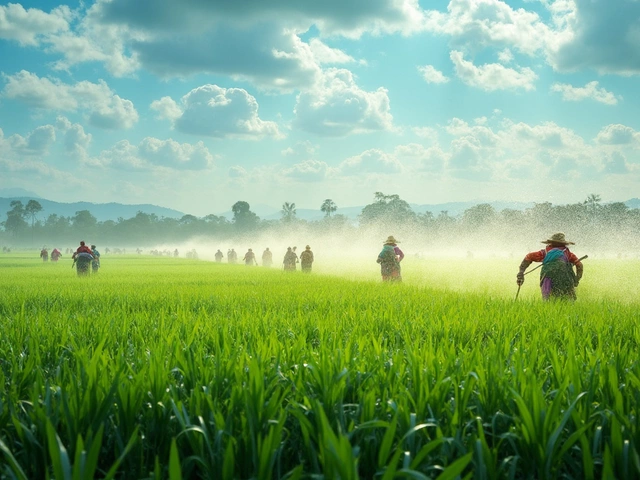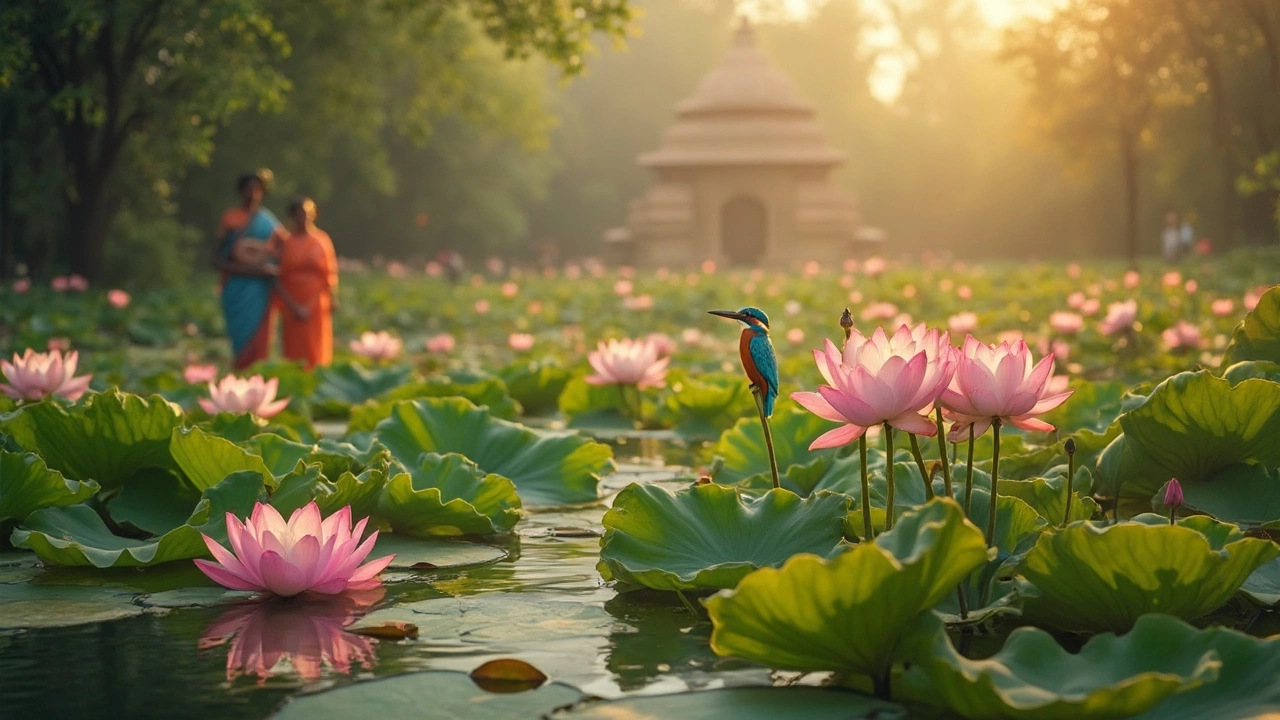Indian Flora: Your Quick Guide to Native Plants & Bloom Seasons
India isn’t just about spices and monuments – it’s a garden of flavors, colors, and textures. From the Himalayas to the coastal mangroves, the country boasts a crazy mix of plants that can handle any weather you throw at them. Knowing the local flora means you waste less water, use fewer chemicals, and get better results. Ready to make the most of what’s already growing around you?
Top Native Plants for Every Garden
First up, pick plants that love Indian soil. Some forever‑favorites include:
- Neem (Azadirachta indica) – great shade tree, natural pest repellent.
- Hibiscus (Hibiscus rosa‑sinensis) – blooms all year in warm zones, perfect for color.
- Marigold (Tagetes spp.) – bright, easy, and believed to bring good luck.
- Msid (Madhuca longifolia) – hardy, provides timber and edible flowers.
- Banana (Musa spp.) – fast growth, gives fruit and great leaf mulch.
These species adapt to a wide range of pH levels and need minimal fertiliser. Pair a tall neem with low‑lying herbs like coriander – the shade helps the herbs stay cool, and the neem gets extra nutrients from the herb’s leaf litter.
When Do Flowers Bloom in India?
Timing is everything if you want a garden that looks good year‑round. The best months for flower blooming differ by region:
- North India (Himalayan foothills) – March to May for rhododendrons, June to August for lotus.
- Central plateau – September to November brings bougainvillaea and chrysanthemum.
- South coast – November to February is perfect for jasmine and gardenia.
Plan your planting calendar around these windows. If you start seeds in the right month, you’ll see bursts of colour just when the weather is most pleasant.
Don’t forget water management. Drip irrigation, especially buried lines, saves up to 60 % of water compared to sprinklers. Our guide on burial depth for drip lines shows you how to install it so roots get water exactly where they need it.
Soil health matters too. Heavy, compacted soil can choke roots. Add organic compost or sand to loosen it – see our post on simple additives for better texture. A light, well‑draining mix encourages deeper roots and stronger plants.
Companion planting is another low‑cost win. Pair nitrogen‑fixing legumes like cowpea with heavy feeders such as tomato. This “sister plants” trick boosts yields without extra fertiliser.
Finally, stay eco‑friendly. Use mulches made from crop residues, collect rainwater, and avoid chemical pesticides. Natural pest control methods, like neem oil or garlic spray, keep insects at bay while protecting beneficial insects.
Follow these quick steps, and you’ll have a garden that reflects India’s natural beauty, needs less upkeep, and stays productive all year.
Ready to start? Browse our articles for deeper dives on drip irrigation, soil tips, and seasonal planting. Your Indian garden adventure is just a click away.
What is India's National Flower? Exploring the Lotus in Everyday Life
Curious about India's national flower? It's more than just a pretty blossom—discover why the lotus stands tall in Indian culture and nature. This article helps you spot, grow, and appreciate the lotus. Find out its hidden uses, when it blooms, and why it's such a big deal across India. Helpful tips and fun facts make it easy to get up close with this iconic plant.
About
Seasonal Plants
Latest Posts
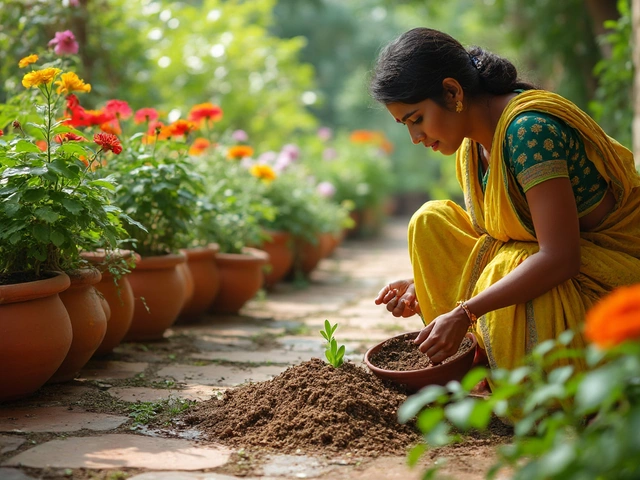

Rice Consumption in the US: Spotlight on Leading States
By Alden Thorne Jan 25, 2025
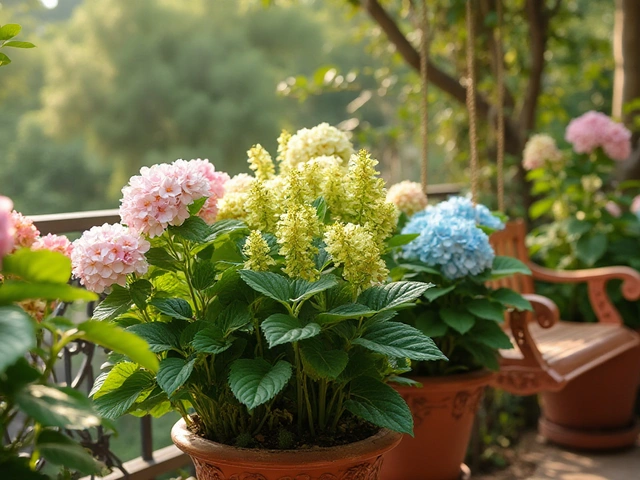
Avoiding Mistakes: Where Not to Plant Hydrangeas on Your Balcony
By Alden Thorne Nov 29, 2024
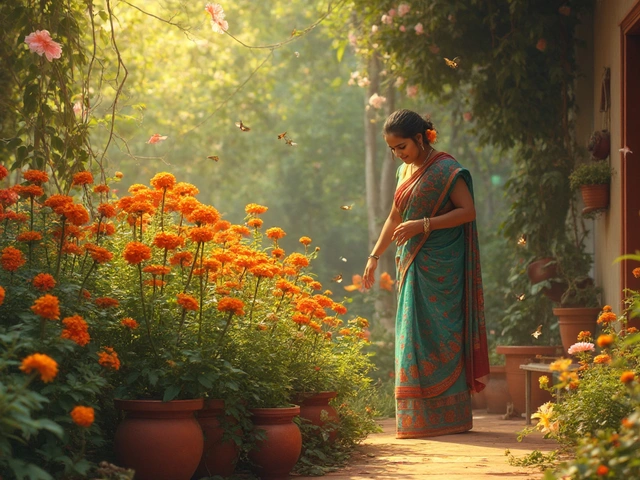
Most Beautiful Flower in the World: What Truly Stands Out?
By Alden Thorne May 29, 2025
